The landscape of student loan forgiveness in the United States has been evolving rapidly, and California—home to some of the nation’s largest universities and a diverse population of borrowers—is at the forefront of these changes. As 2025 approaches, students and graduates across the state are eager to understand which programs are available and who qualifies for relief. This article unpacks the eligibility requirements for student loan forgiveness in California, exploring how recent federal and state initiatives could impact borrowers.
Eligibility Criteria for Student Loan Forgiveness Programs in California
| Forgiveness Program | Type of Loans Covered | Eligibility Highlights | Amount Potentially Forgiven | Application Process |
|---|---|---|---|---|
| Public Service Loan Forgiveness | Federal Direct Loans | 10 years full-time public service and 120 qualifying payments | Remaining balance after 10 years | Via Federal Student Aid |
| Income-Driven Repayment (IDR) | Federal Direct/FFEL Loans | 20–25 years of qualifying payments on an IDR plan | Remaining balance after qualifying period | Automatic or via servicer |
| California State Programs | Select Federal/Private | California-specific professions, such as teachers or healthcare workers | Varies by program | Cal Grant or employer |
| New Federal Initiatives (2025) | Primarily Federal Loans | Changes to Biden administration programs, with broadened eligibility | Varies; up to full forgiveness | Federal Student Aid |
Understanding the Programs
The most recognizable student loan forgiveness program is the federal Public Service Loan Forgiveness (PSLF). It applies to borrowers who work for government or nonprofit organizations and have made 120 qualifying monthly payments while under a qualifying repayment plan. For Californians employed in public service—such as teachers, nurses, government workers, and law enforcement—this federal program continues to offer substantial relief. A crucial detail is that PSLF only applies to Direct Loans; borrowers with other types of federal student loans may need to consolidate to qualify.
Income-Driven Repayment (IDR) forgiveness is another major avenue. Under these plans, borrowers who make payments based on their income (such as IBR, PAYE, REPAYE, or SAVE) for 20 or 25 years may have their remaining federal student loan balance canceled. This pathway is open to a broad array of Californians, including those in the private sector. In many cases, recent federal regulatory changes have streamlined eligibility and accelerated forgiveness timelines for some borrowers, including providing credit for certain periods of forbearance or deferment.
California also administers its own targeted student loan forgiveness programs. California’s loan repayment programs for healthcare professionals are among the most prominent, rewarding those who agree to practice in underserved areas or specialties. The state also offers teacher loan forgiveness initiatives, especially for those working in high-need schools or subject areas. These programs, combined with national options, create layered eligibility opportunities for California residents.
Recent Federal Policy Developments
The Biden administration has undertaken several sweeping changes to student loan policies, some of which directly impact eligibility in 2025. A new “SAVE” income-driven plan offers more favorable terms for low-income borrowers, further reducing monthly payments and providing earlier possibilities for forgiveness. Meanwhile, one-time “IDR adjustment” initiatives have allowed additional periods to count towards loan forgiveness, benefiting borrowers who may have had forbearances or did not previously qualify under older rules.
Several proposals under discussion at the federal level could lead to even broader relief, especially for those who have carried student debt for an extended period or attended institutions that failed to deliver on educational promises. California borrowers are encouraged to monitor these changes closely, as final implementation details can determine individual eligibility.
Who Is Eligible in California?
Eligibility ultimately depends on several factors:
-
The type of loans held: Federal Direct Loans are most readily forgiven under major federal programs, while some state and profession-specific programs may extend to select private loans.
-
Employment history and sector: Public sector employment is essential for PSLF, while state programs prioritize healthcare and education professionals in qualifying roles.
-
Repayment plan enrollment: To benefit from most federal and state programs, enrollment in a qualified repayment plan—often income-driven—is required.
-
Length of repayment and payment history: Forgiveness is generally only available after a consistent on-time repayment history, ranging from 10 years (for PSLF) to 20 or 25 years (for IDR programs), though certain recent adjustments may retroactively count previously ineligible payments.
-
Residency and work location: Some California-specific programs require both state residency and employment in designated shortage areas.
How to Apply
Most federal programs require borrowers to apply through the official Federal Student Aid websites and work with their loan servicers to ensure they are meeting all criteria. In California, state-based forgiveness programs may involve additional certifications, such as documentation of employment in qualifying institutions or underserved communities. Early and regular verification—especially through the PSLF Help Tool—is critical to ensuring ongoing eligibility.
For those pursuing federal forgiveness, it’s crucial to submit the Employment Certification Form annually and after any job changes. California teachers and healthcare professionals should consult with the California Student Aid Commission and relevant employer HR departments to explore all available options and application cycles.
The Impact on Borrowers
California’s diverse workforce and large student population mean that loan forgiveness can have a profound impact. For public servants, the prospect of relief after ten years can make otherwise challenging career choices more accessible, while broadly available income-driven plans offer a much-needed safety net for those with lower or unstable incomes. Meanwhile, targeted state initiatives help address California’s acute shortages in teaching and healthcare professions by alleviating debt burdens for those willing to serve where they are most needed.
Conclusion
Student loan forgiveness in 2025 represents a mosaic of opportunities for California borrowers. Recent federal policy shifts, longstanding state programs, and an increased emphasis on public service and income-driven repayment have significantly expanded eligibility for relief. Californians should review the specifics of each program, assess their own eligibility carefully, and monitor ongoing policy updates as the landscape continues to evolve. By doing so, students and graduates can better position themselves to benefit from the debt relief offered, making education more affordable and future financial planning less burdensome.

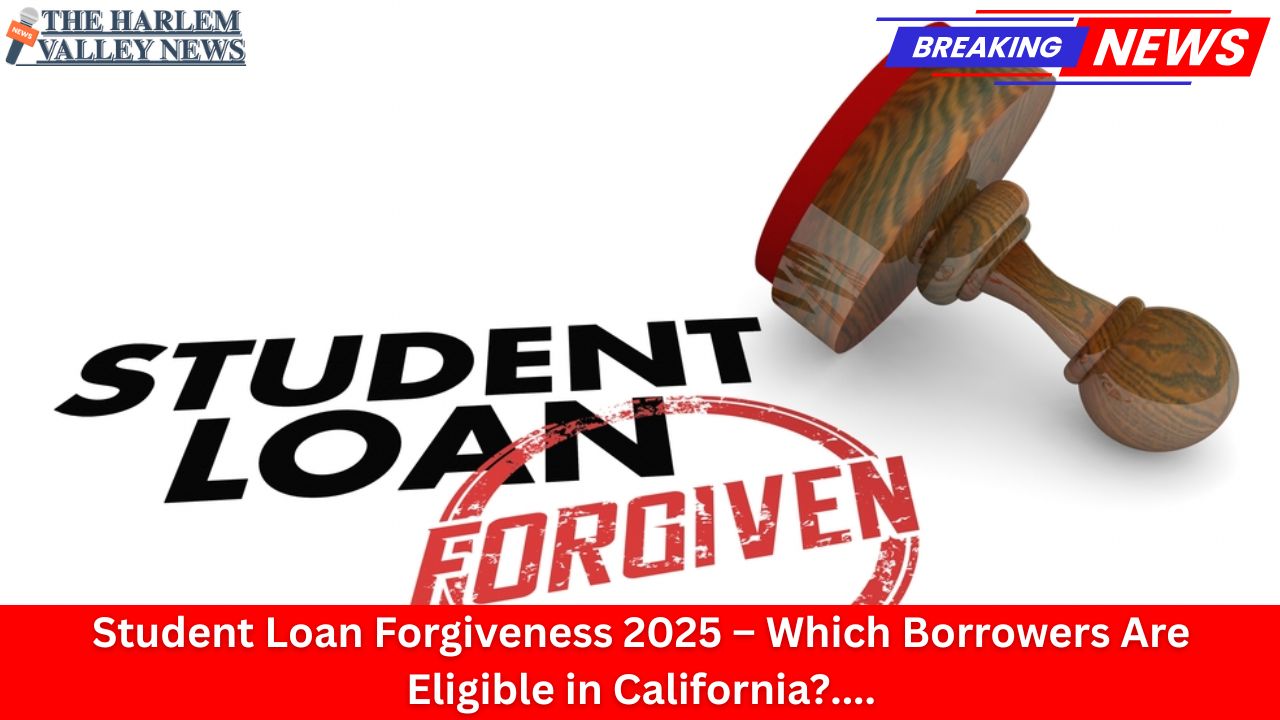




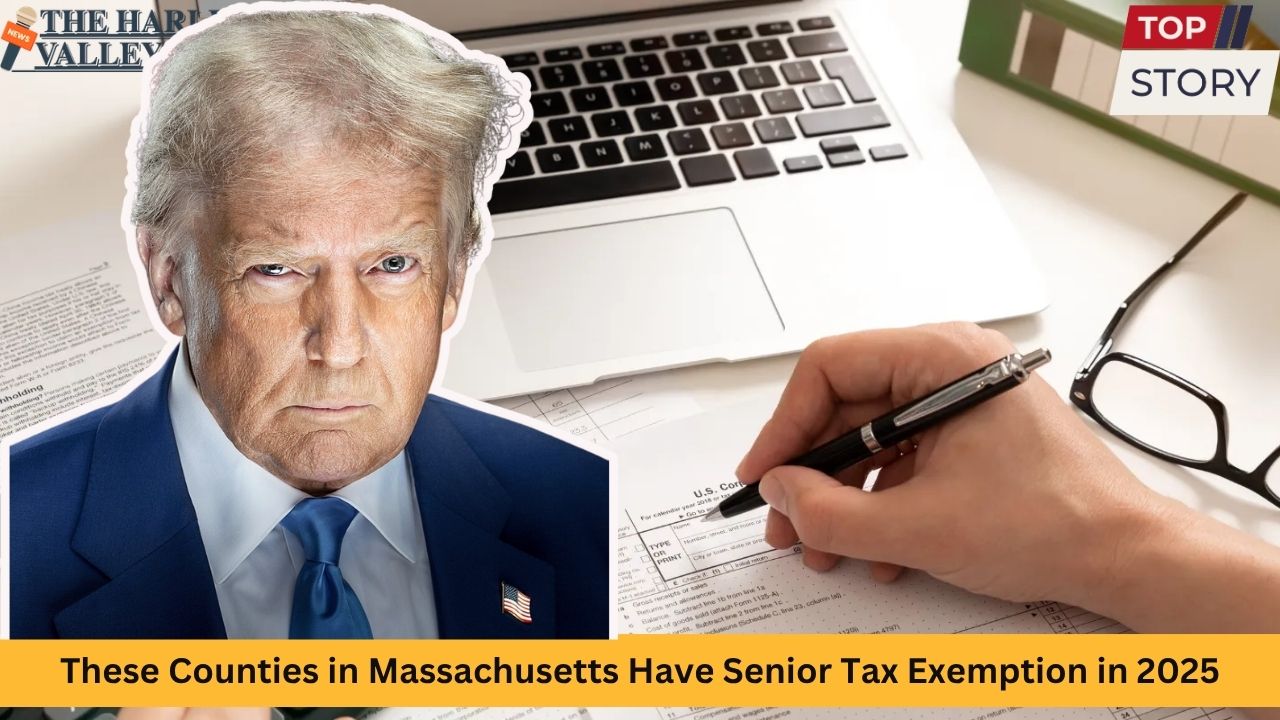

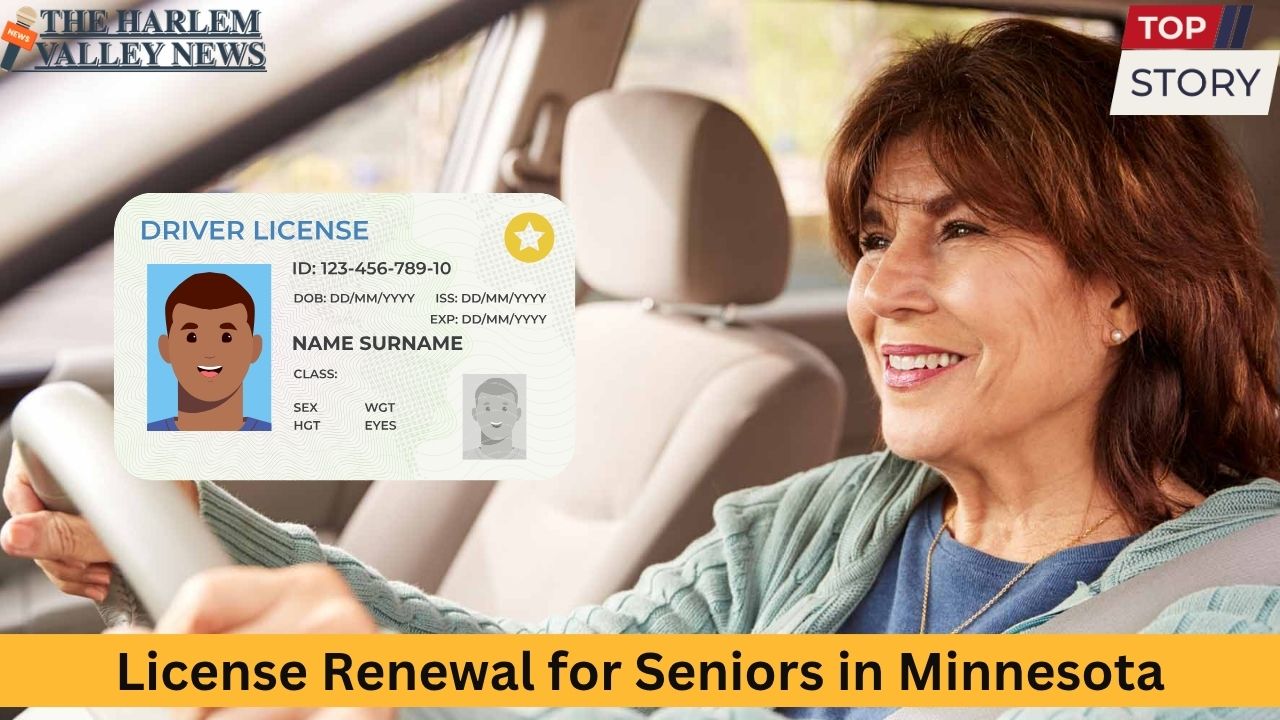
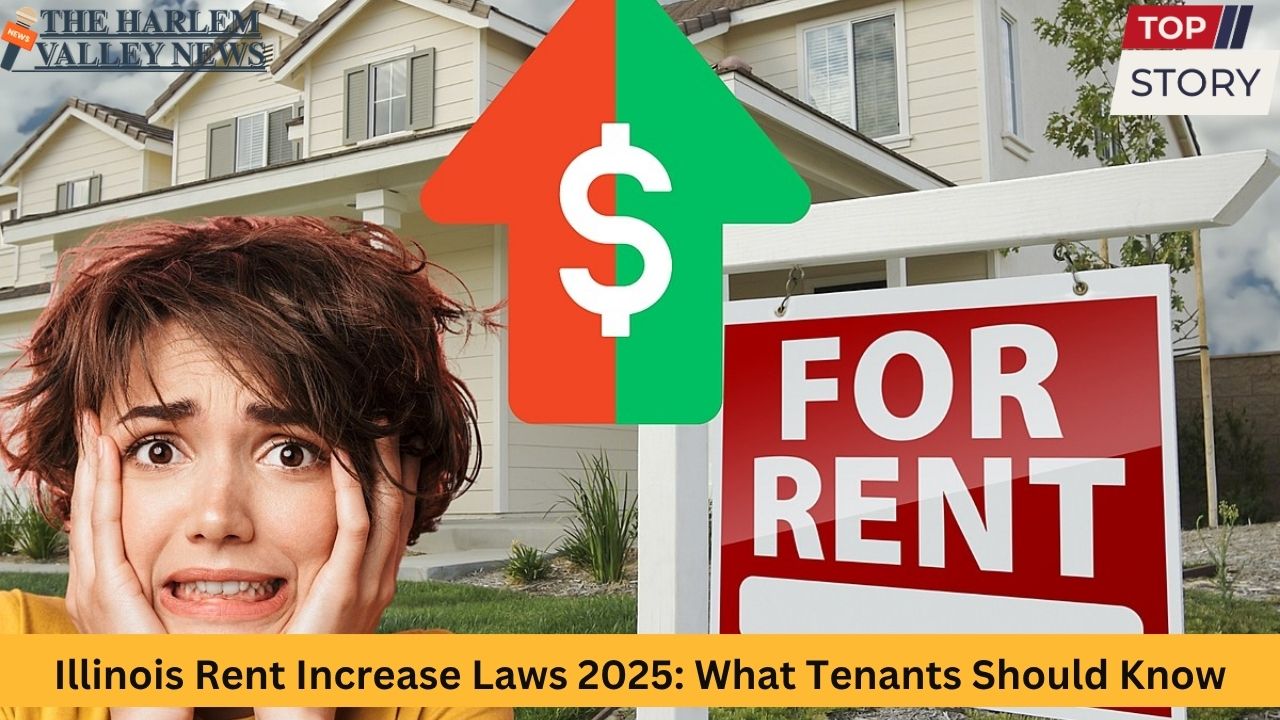


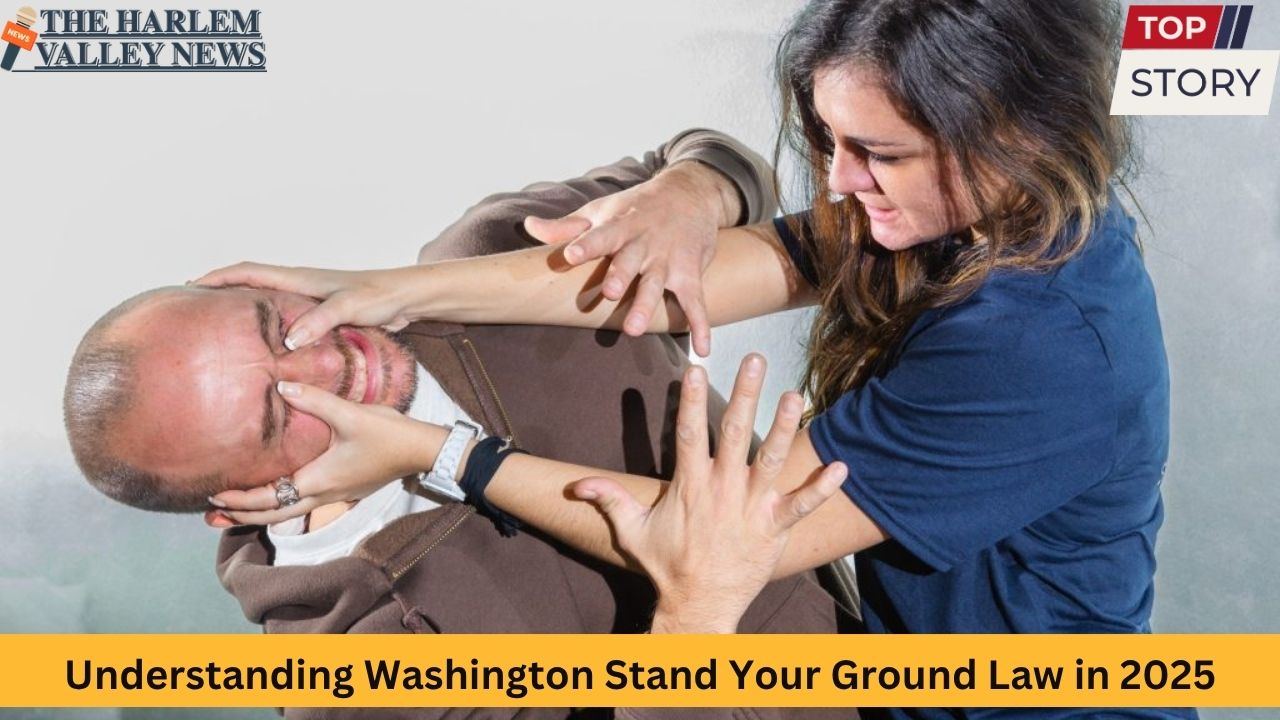
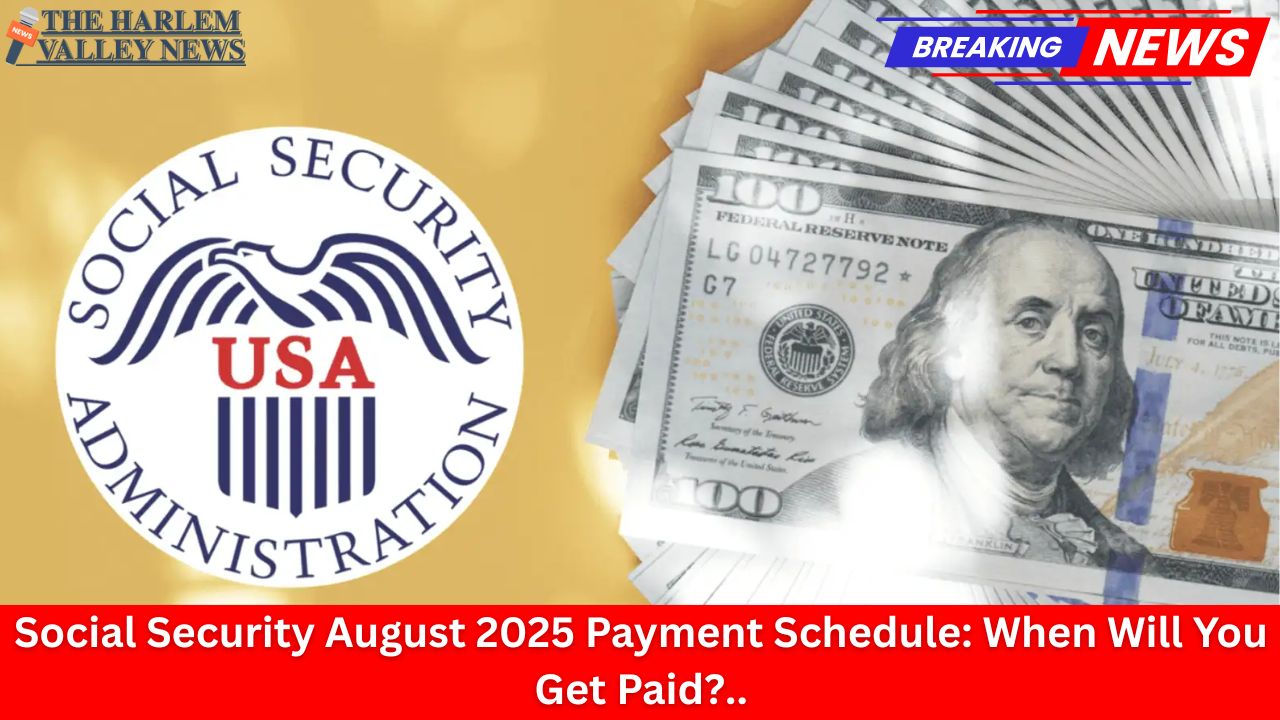
Leave a Reply